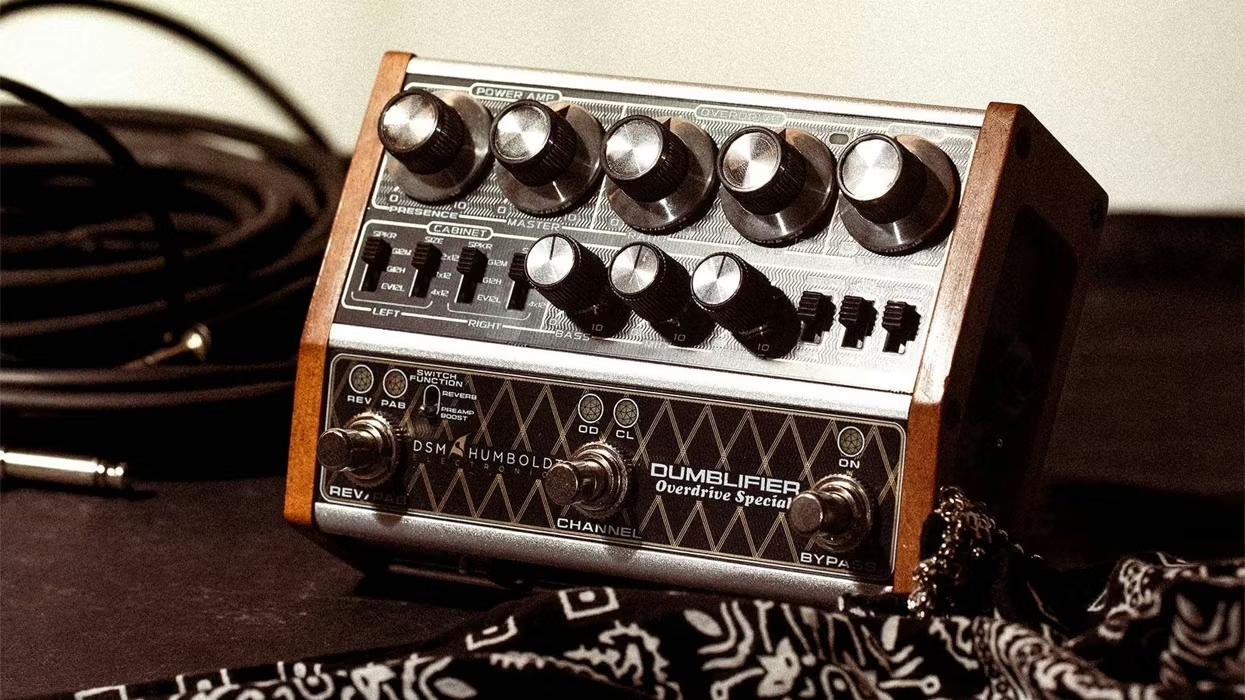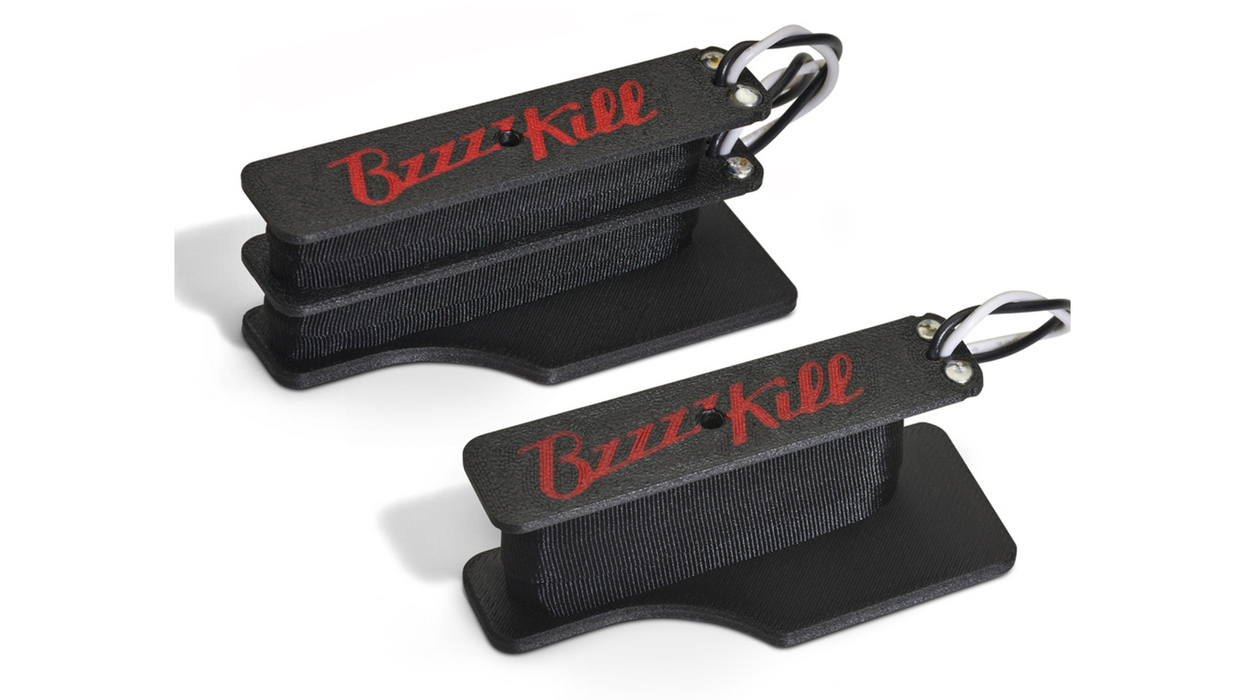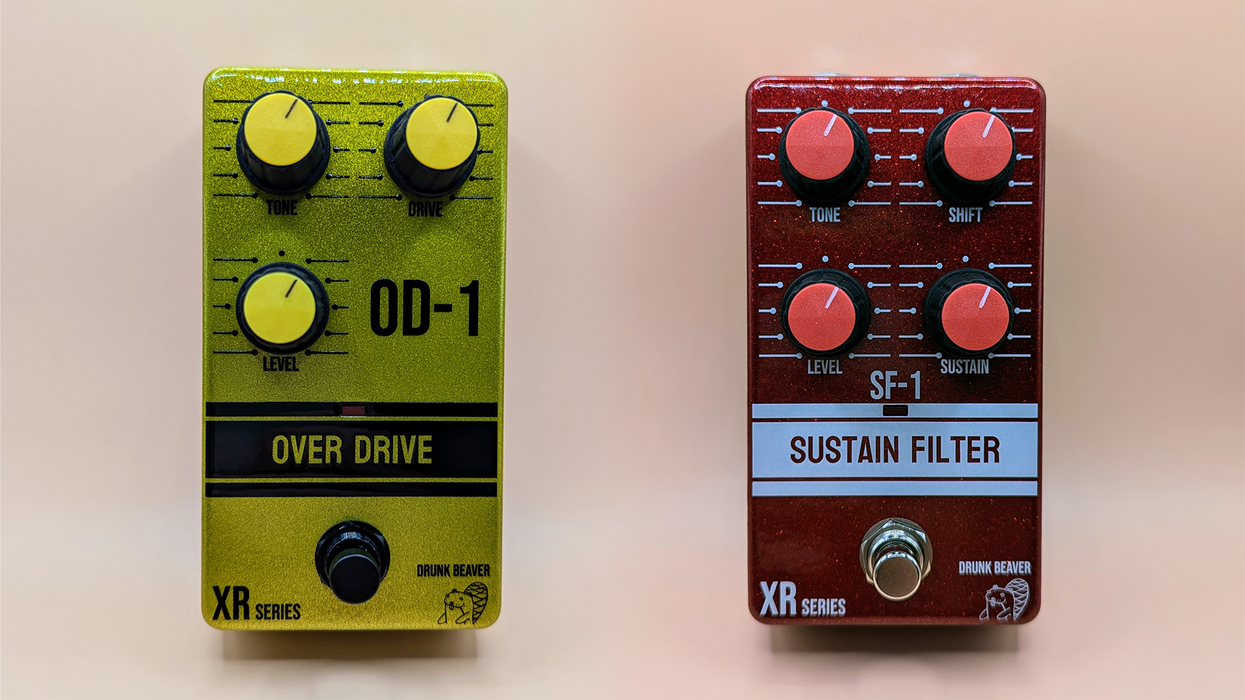Another friend, another guitar … this time Jonathan Nuñez enlisted the help of Rig Rundown alumnus Sacha Dunble, who is the guitarist/vocalist for Intronaut and the main man behind Dunable Guitars. This is a Dunable Cyclops that has a Bill Lawrence L-500 in the bridge and a Dunable Baphomet in the neck.
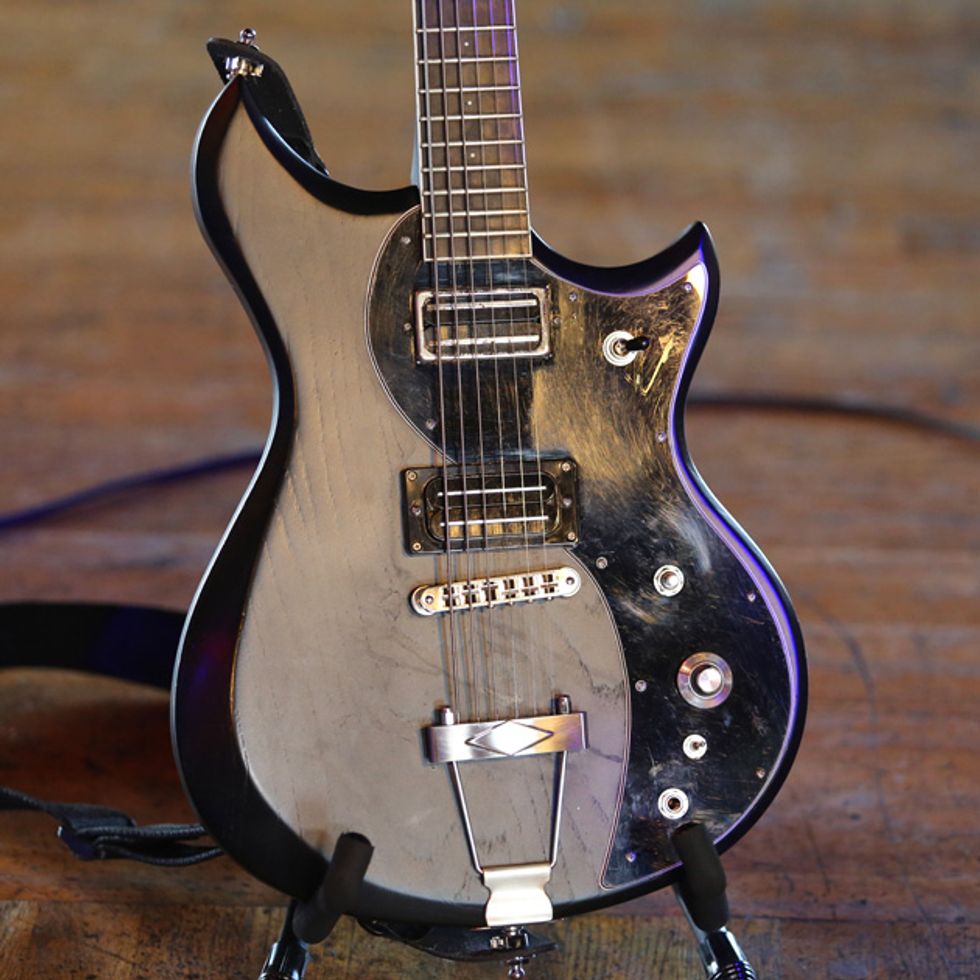
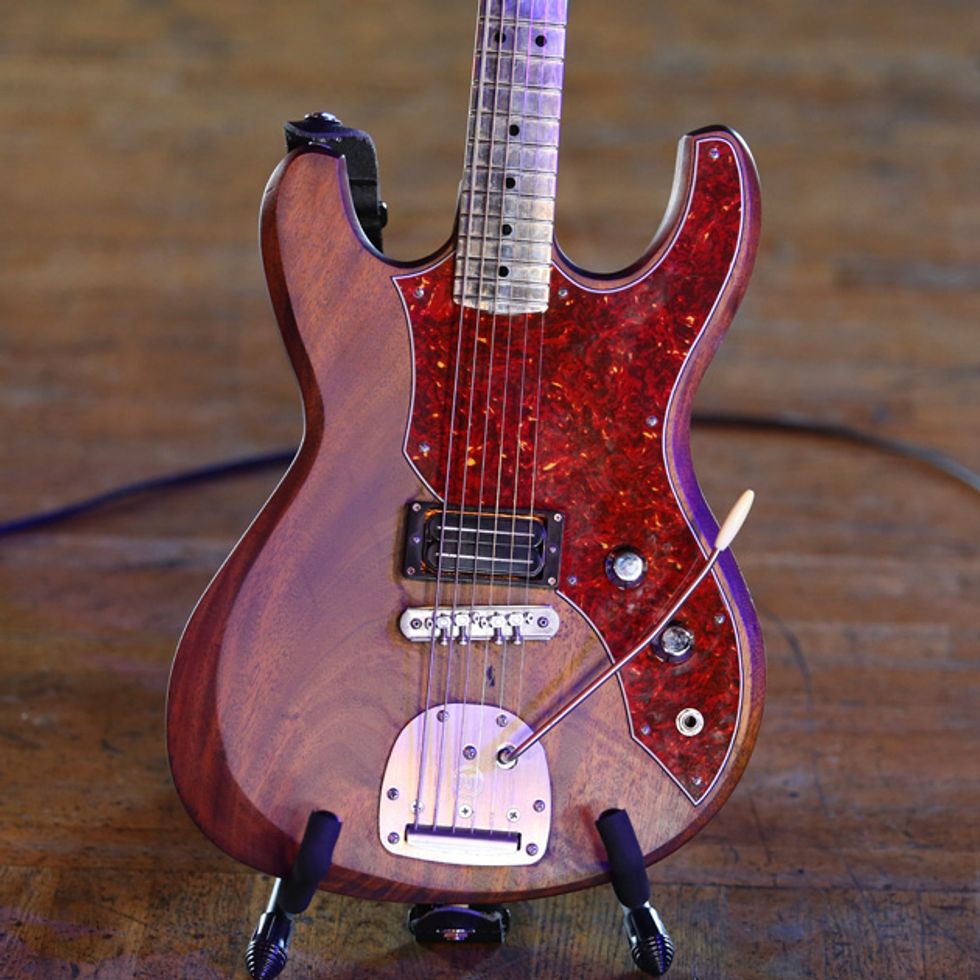
This beauty cherry picks aspects from Jonathan Nuñez’s favorite guitars. It all started with his love affair with his friend’s G&L F-100 while recording Admission. The F-100 he borrowed had a smooth floating trem arm that bends and wobbles all over the new record. “The trem was too much fun to play,” Nuñez jokes. “But once we finished the record, I realized, shit, I need to pull this off live.”
So, with the task of reverse engineering a guitar that is suited for Torche’s established roar and new tones flexed on Admission, Nuñez turned to some more friends. To keep in tradition with bandmate Steve Brooks’ and Torche’s steam-locomotive sound, he got a metal neck from Robot Graves Industries and put it with a curvy, mahogany, Mosrite-style body built by fellow South Florida rocker Joe Koontz (formerly of Against All Authority aka AAA). Nuñez has always been partial to the Bill Lawrence L-500 humbucker and thanks to his buddy (and Rig Rundown alumnus) Bobb Bruno of Best Coast turned him onto the Mastery OMV Vibrato, so those features made into this custom piece. All of his guitars take custom-gauge Dunlop strings (.070–.052–.046–.017–.013–.010). The band’s main tuning is an octave tuning that consists of A–A–D–G–B–E.
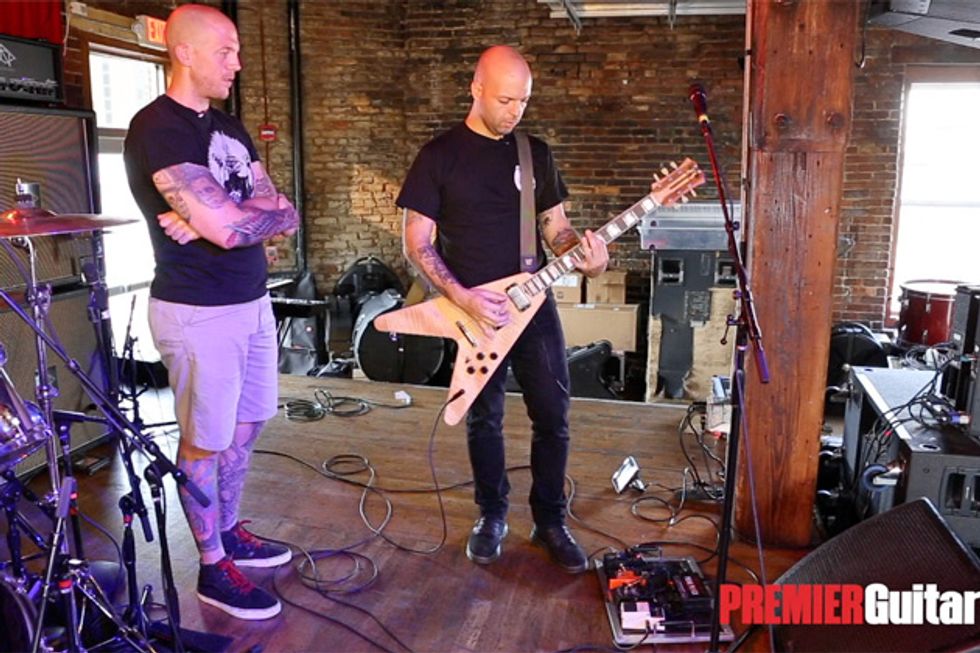
On the heels of their fifth album, 2019’s Admission, Torche hit the road for an extensive tour that started out having the harmonious doomers open for Baroness before venturing out for their own headlining sets. We fortunately caught the band on the latter run and guitarist Jonathan Nuñez (who also has served as the band’s bassist for 13 years and producer/engineer for Admission) spoke to PG’s Chris Kies about his and Steve Brooks’ slim setups that center around custom-made, metal-neck instruments and explains why he started Nuñez Amplification, which has become a big part of the band’s sonorous sonic imprint.
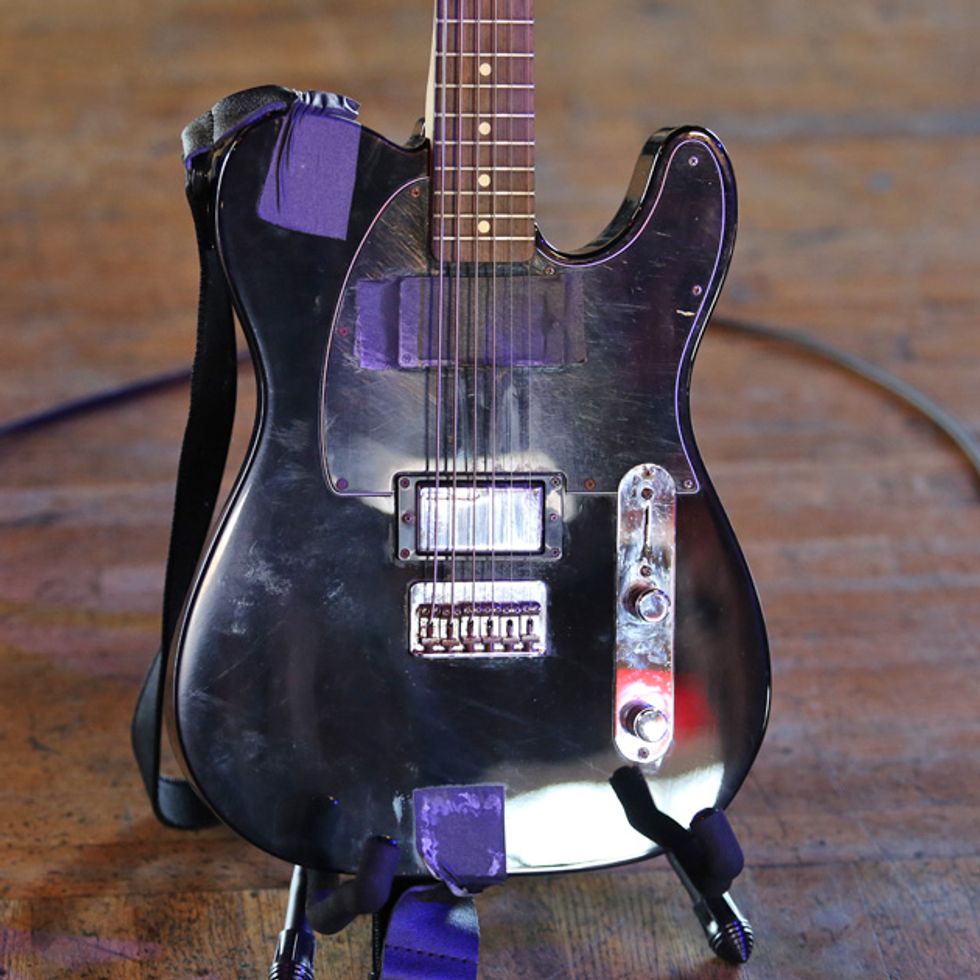
This Fender Telecaster HH Rosewood (with a Lace Nitro Hemi in the bridge) is the “bomb-note” guitar that sees stage time for “Infierno,” “What Was,” and “Annihilation Affair.” It takes the same .010–.070 strings and is set to the aforementioned octave tuning, but (as you’ll hear in the video) the 6th string is, well, not exactly ready for battle. It flops and allows Nuñez and Brooks to thwap the dead string producing a huge bomb-drop note. This was first discovered when Brooks was recording with his first band Floor and someone busted a string mid song, causing a lightning-strike noise.
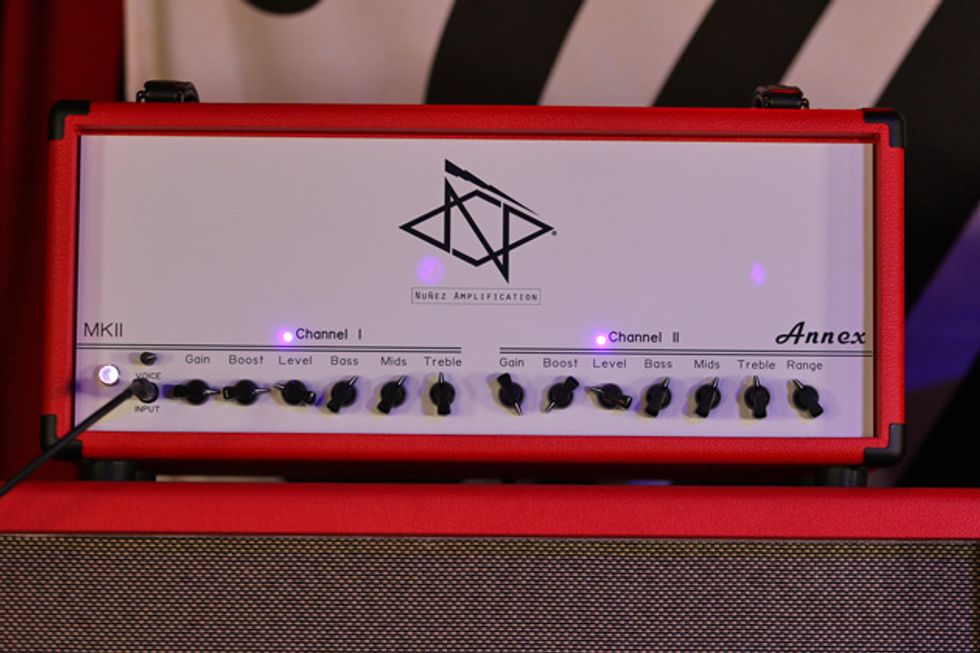
In 2017, Nuñez switched from bass to guitar and missed the blowing breeze that his Ampeg 8x10 stack stirred up each night. Feeling a void after trying countless amps, Nuñez got Overtone Works’ Gary Phillips on the horn and the first idea that came to fruition was the Annex Bass Channel pedal. After that, the tone-chasing duo set their sights on an Annex guitar amp. The way Nuñez describes this 130-watt behemoth is this: “a handwired, discrete class A/B, quad-voiced, dual-channel, all-tube head.” Each channel is independent, so you’re essentially getting two amps in one box. Channel one has symmetrical clipping, while channel two has asymmetrical clipping. This growler is brought to life thanks to a quartet of EL34s. The one shown above is a MkII variant.
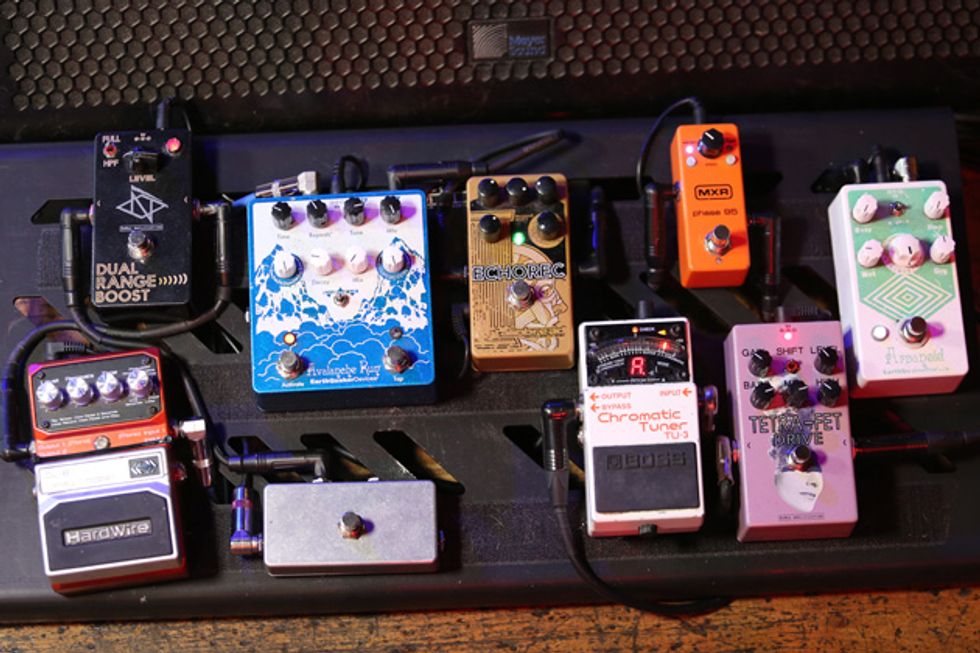
Jonathan Nuñez’s pedal playground is host to a pair of EarthQuaker Devices stomps—Arpanoid and Avalanche Run—a Nuñez Dual Range Boost and Nuñez Tetra-Fet Drive (with custom Admission artwork), an MXR Phase 95, Catalinbread Echorec, and DigiTech HardWire DL-8 Delay/Looper. A Boss TU-3 keeps everything in tune.
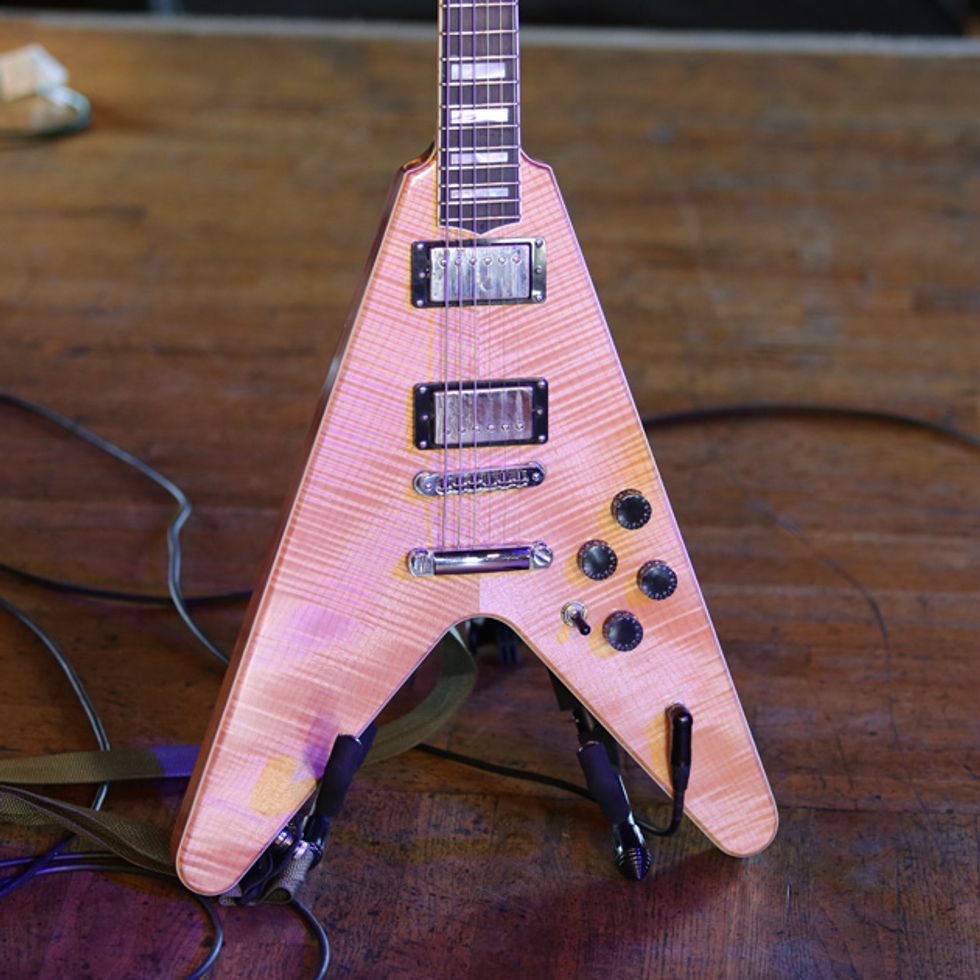
Guitarist/singer Steve Brooks first got his hands around a JML Custom Guitar when Jay Lewis handbuilt a neck-through, SG-style ripper that was cleverly coined the SB. Steve always wanted a V so he commissioned the builder to create an oversized, neck-through version that’s approximately 1.25 the size of a standard model.
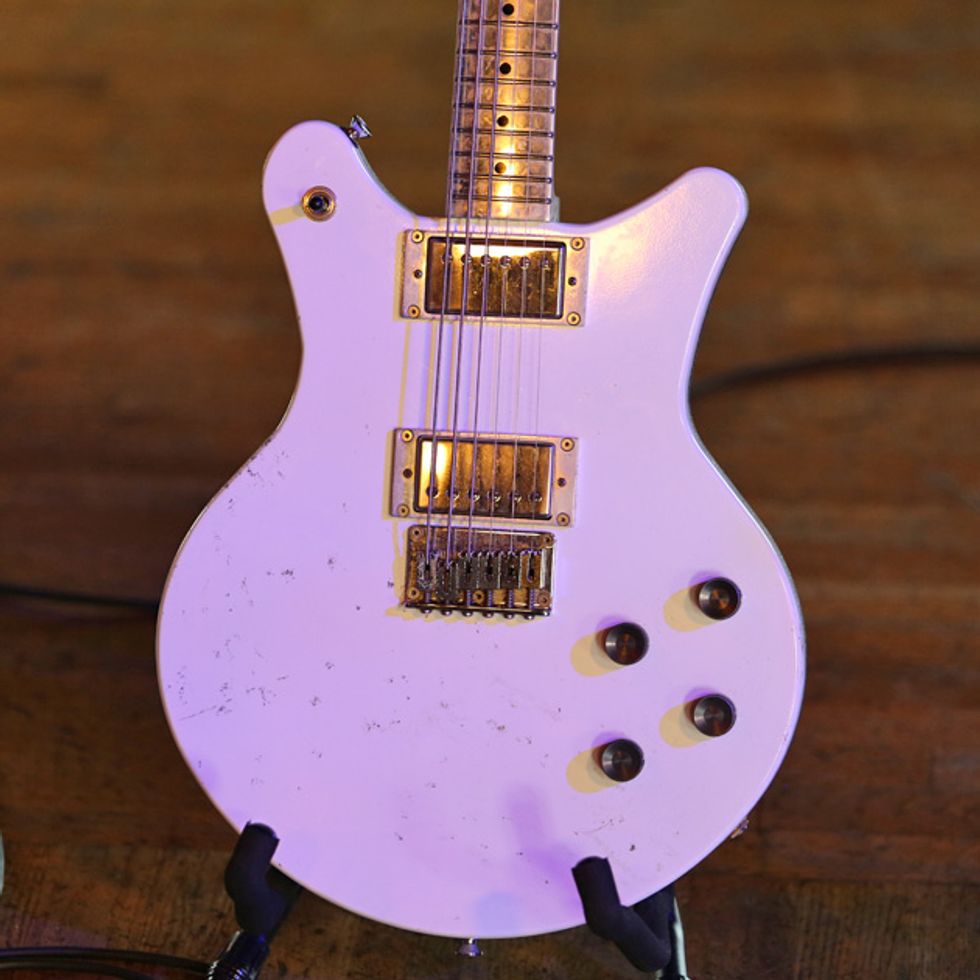
If you’re a loyal Torche fan, you’ll recognize this Electrical Guitar Copmany Standard as Steve Brooks’ longtime main ride that still sees plenty of stage time when the band goes through older material.
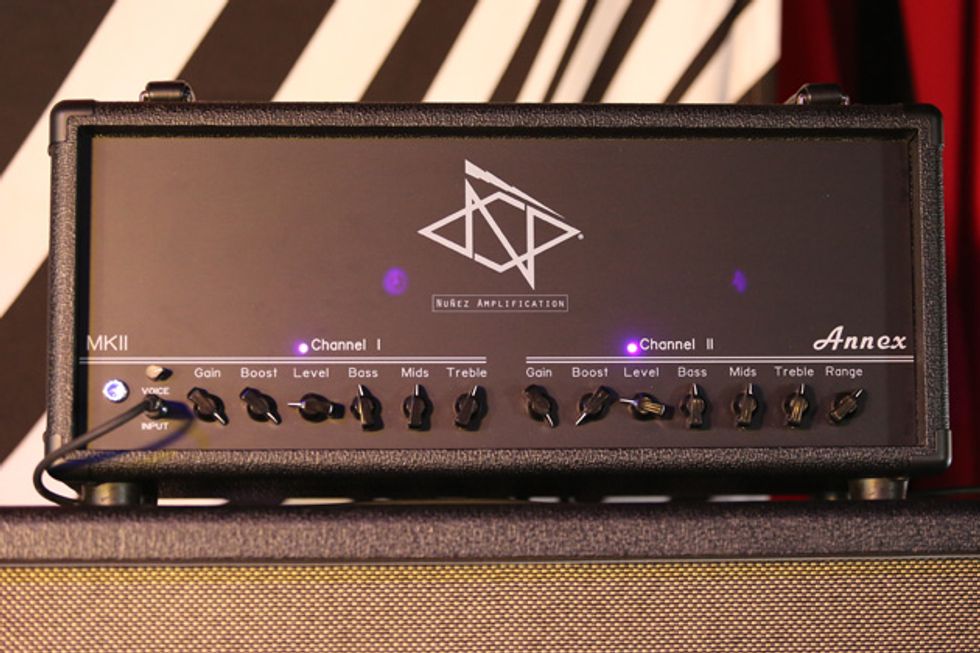
This Nuñez Annex MkII is from one of the first batches and been Brooks’ amp of choice since working on Admission. There are minimal differences between this head and the newer one Nuñez plugs into, mainly cosmetics (the company now offers more colors to not pigeonholed themselves into a specific musical genre or player), upgraded circuitry components, and an fine-tuned FX loop, but Brooks still plugs into the front of the amp.
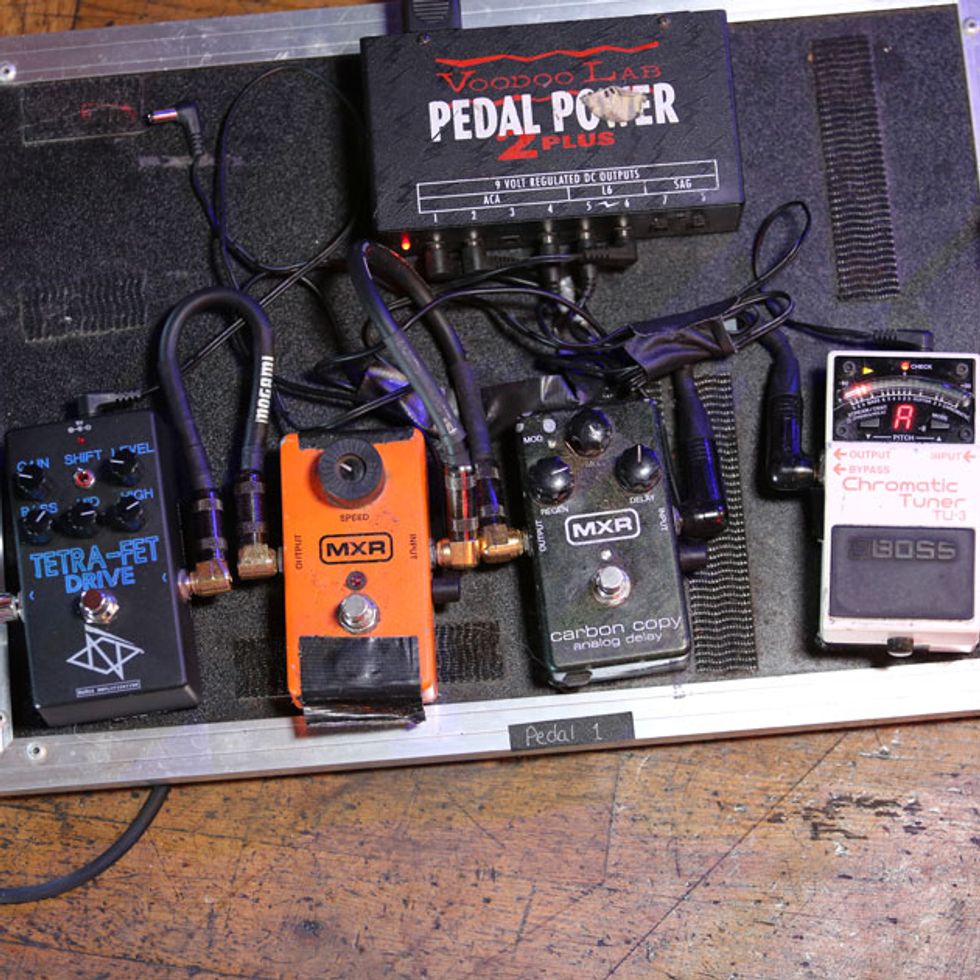
Steve Brooks is more of a rhythm, meat-and-potatoes player and keeps an airport-friendly board. He has an MXR Carbon Copy, MXR Phase 90, and a Nuñez Tetra-Fet Drive. A Boss TU-3 keeps everything in check and a Voodoo Lab Pedal Power 2 Plus brings the noisemakers to life.
Click below to listen wherever you get your podcasts:
 |  |
 |  |
D'Addario Pro-Winder: https://www.daddario.com/ProWinderRR








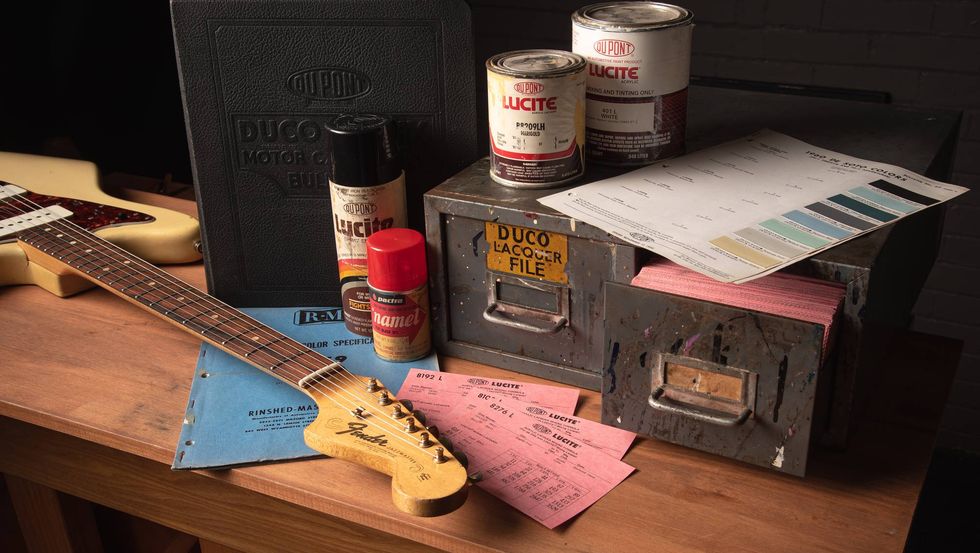
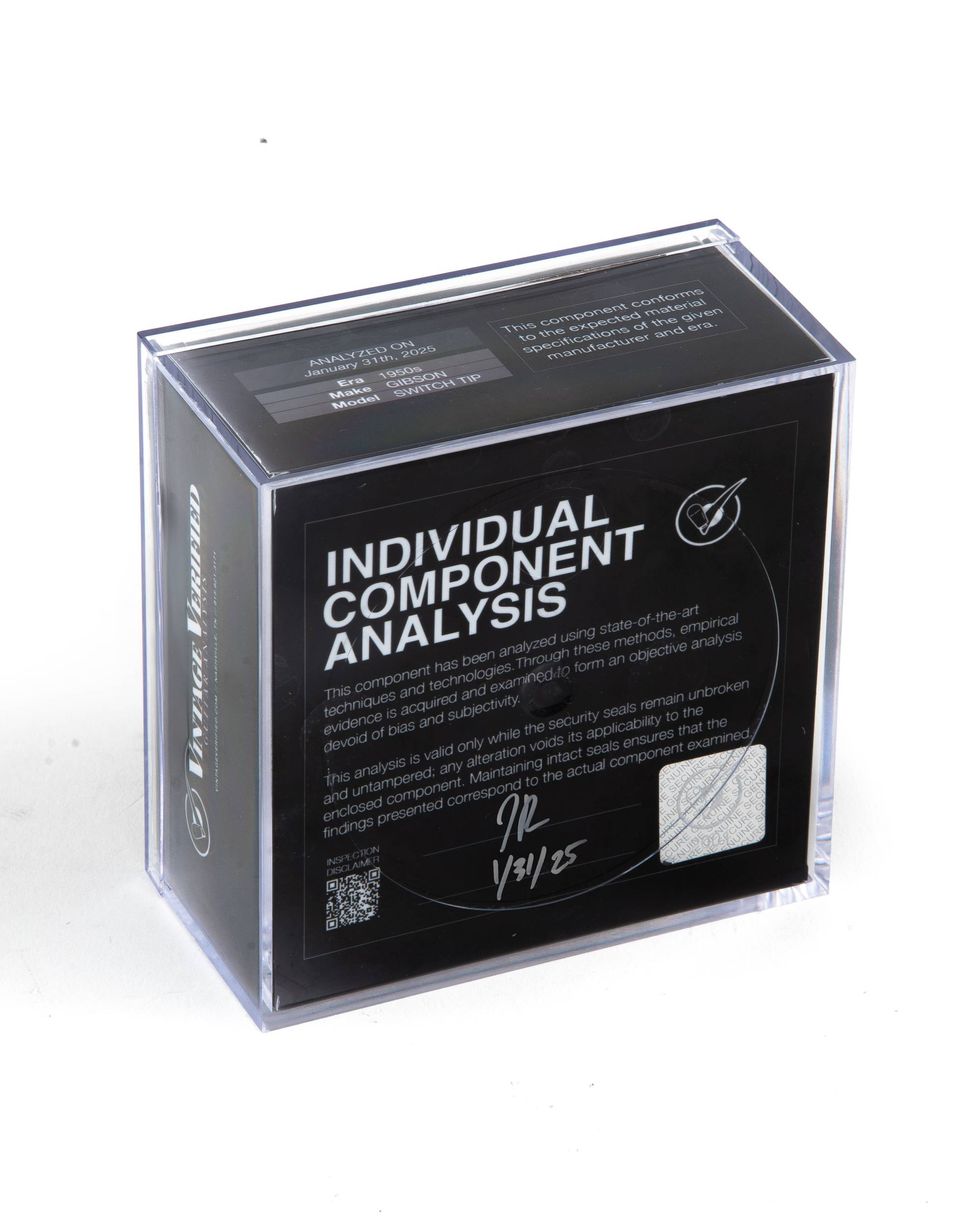
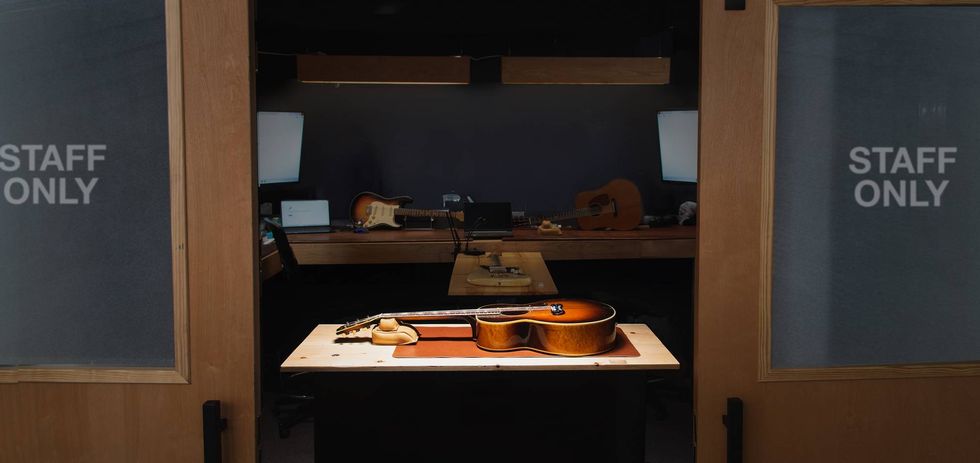
![Rig Rundown: John 5 [2026]](https://www.premierguitar.com/media-library/youtube.jpg?id=62681883&width=1245&height=700&quality=70&coordinates=0%2C45%2C0%2C45)
